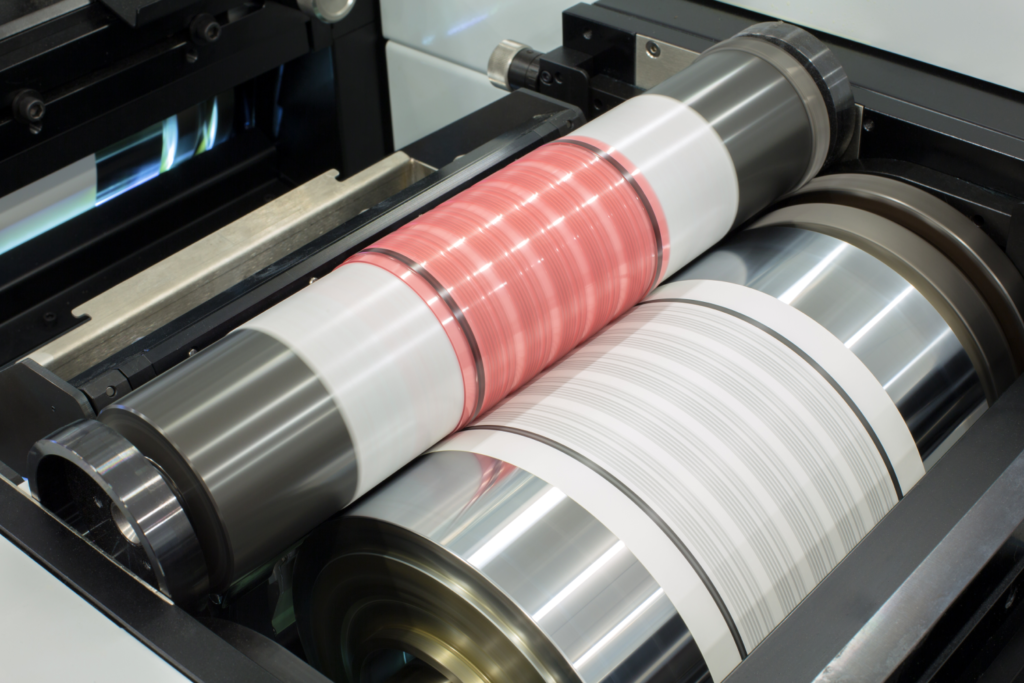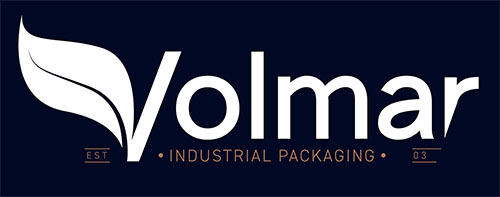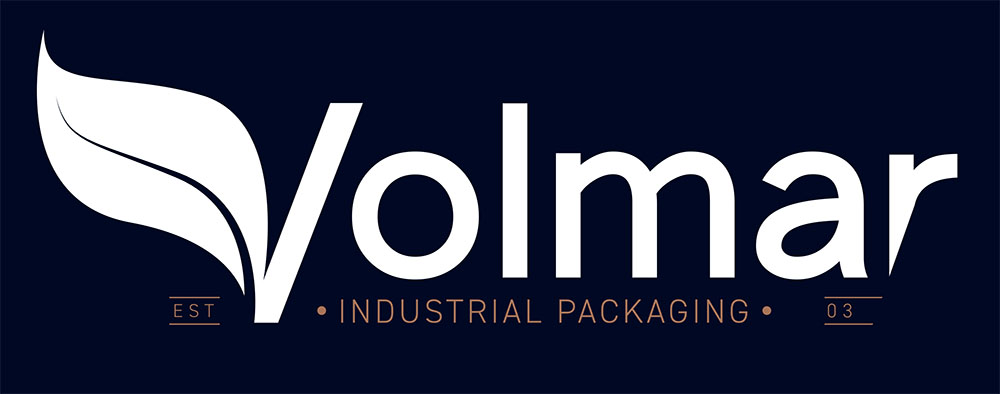
Food packaging can be customized to make it more original, to enhance branding and make the product more appealing. One of the techniques available is rotogravure printing, also known as gravure printing.
It is a different printing method to flexographic printing, as it uses a different type of plate and specific gravure presses. Let’s see how and when gravure printing is used to customize the artwork on food packaging.
Rotogravure printing: what is it?
The rotogravure printing technique for food packaging is a particular printing method that achieves results with bright, quite dark and opaque colors. In traditional offset printing, the ink is pressed, while in gravure printing, it is picked up by the paper: printing occurs through direct contact between the material and the plate.
In gravure printing, the printing part is in a recess compared to the non-printing part, and the ink is transferred through a modular system of small cells of varying depths. This determines the quantity of ink and therefore the brightness of the color, which often appears darker than with other printing techniques.
How did gravure printing originate? The name of this printing method comes from newspaper and magazine printing – indeed gravure printing is widely used in this sector. That is why the technique took on the name rotogravure printing since it is mostly associated with printing news magazines.
How gravure printing works
Gravure printing involves the use of a specific gravure press, in which the inked mold transfers the ink onto the material to be printed. Then, it is pressed using a roll that has been specifically coated with quite a thick layer of natural rubber or rubber.
The inked mold is a metal roll with a very thin copper coating onto which the printing pattern is engraved. After the first stage, when excess ink is removed by a blade, the engraved roll transfers the ink onto the material, which is then printed.
Gravure printing uses two printing cylinders: the lowest rotates in an ink trough, also called a rotogravure cylinder; and the printing cylinder at the top applies pressure to the material. The two cylinders are separated by a tape, where the print material is located.
This technique is used with paper or plastic and metal materials. Plastic and metal are the most widely used solution for flexible food packaging. In this type of application, specific inks are used that are formulated in accordance with food industry hygiene and safety standards and the technical characteristics of food packaging.
Gravure presses
Gravure printing presses are the main element of this printing process. In fact, specific printing presses are used for each type of print, such as machines for press printing for printing newspapers and catalogs. They produce high-quality graphics to enhance illustrations and require the use of paper with a low gsm.
For food packaging, on the other hand, specific gravure presses are used for flexible packaging. These presses achieve excellent print quality and allow the ink to adapt to the type of material used, optimizing the formulation, while the use of volatile solvents enables a quick drying process and it is possible to use bronze and aluminum metallic inks to make the print brighter.
In general, these machines are designed to print at a lower speed and on smaller formats than press printing machines, with the possibility of using complete systems that print, laminate and perforate to perform the entire packaging process on one machine.
In order to optimize printing, some flexible packaging machines also use electrostatic units that help the ink cells to empty properly.
Today, the market is rapidly moving toward research about sustainable and eco-friendly food packaging, using innovative materials and processes with a low environmental impact. That’s why many players in the sector use more eco-friendly techniques alongside gravure printing, like flexo printing and digital printing. This makes it possible to create more eco-friendly flexible packaging without compromising the shelf life of food products and the hygiene and safety standards that the food industry demands.
Volmar Packaging offers an advanced and customized food packaging solutions, with a wide selection of food packaging products to choose from. For example, we offer flexible films, laminated films and COEX films for food packaging – materials that are suitable for both gravure printing and HD flexo printing in up to 10 colors. We also offer dedicated solutions for eco-friendly food packaging, with packaging with a low environmental impact in line with European regulations.

